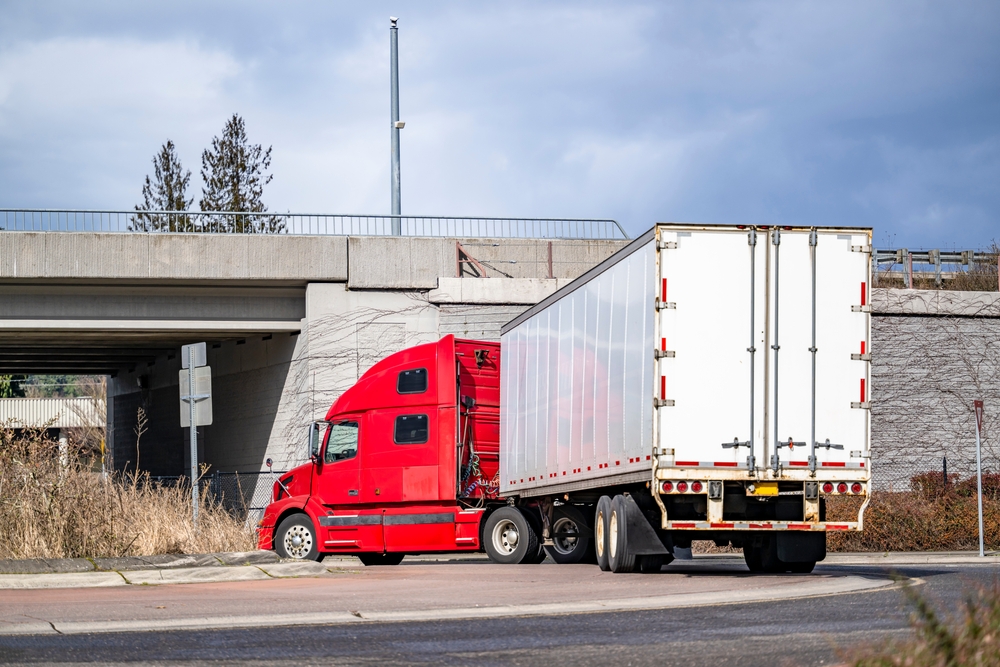
Drayage truckers at Southern California ports are facing a significant freight surge as importers race to avoid potential disruptions caused by looming tariffs and a possible dockworker strike. Retailers and shippers are scrambling to move goods into the U.S. ahead of the January 15 expiration of the current contract between the International Longshoremen’s Association (ILA) and the U.S. Maritime Alliance, as well as anticipated tariff increases under President-elect Donald Trump.
Freight Surge at U.S. Ports
The National Retail Federation (NRF) and Hackett Associates’ Global Port Tracker report projects container imports to surge over 14% year-over-year in the last months of 2024. This trend is expected to continue into early 2025, with January imports estimated at 2.2 million TEU (Twenty-Foot Equivalent Units), up 12% from the same period last year.
The Port of Los Angeles recently reported record-breaking activity, handling over 905,000 TEUs in October—a 25% increase compared to the previous year and the first time the port has exceeded 900,000 TEUs for four consecutive months.
However, this surge has raised concerns. While drayage operators, represented by the Harbor Trucking Association (HTA), have expressed readiness to handle the influx, CEO Matt Schrap highlighted uncertainties in the market. “We say, ‘Bring it,’” Schrap told HDT, but he also noted that a surge now could lead to a sharp slowdown later, creating volatility for carriers.
Driving Forces Behind the Surge
Retailers are frontloading cargo to mitigate risks associated with two primary challenges:
- Potential Dockworker Strike: Negotiations between the ILA and the U.S. Maritime Alliance have stalled, with key disagreements over automation and wages. A brief strike in October already disrupted operations, and experts fear a longer, more impactful strike could occur in January.
- Tariff Concerns: Trump’s promise to increase tariffs upon taking office has spurred shippers to expedite imports to avoid higher costs. The NRF warns that proposed tariffs could cost Americans $78 billion annually in reduced spending.
Challenges for Drayage Truckers
The surge in import volumes places significant strain on drayage truckers, particularly in Southern California. Terminal inefficiencies, evolving regulations, and infrastructure constraints complicate operations:
- Appointment Systems: All terminals at the Ports of Los Angeles and Long Beach require appointments for container pickups and drop-offs. However, the lack of a unified system forces truckers to rely on third-party software, which some terminals view skeptically due to booking abuses.
- California Regulations: State laws like AB5, which restricts the use of independent contractors, and the Advanced Clean Fleets rule, targeting zero-emissions trucking, add operational hurdles. AB2754 further complicates matters by imposing restrictions on carriers that employ owner-operators without their own DOT authority.
Port Volumes and 2025 Outlook
Despite these challenges, import volumes are expected to remain strong through spring 2025. After a slight dip in February due to Lunar New Year factory shutdowns in Asia, March and April are forecasted to see year-over-year increases of 12.7% and 6.6%, respectively.
Collaboration Urged to Prevent Disruptions
With both tariffs and a strike looming, NRF’s Vice President of Supply Chain and Customs Policy Jonathan Gold urged stakeholders to act swiftly. “We call on both parties at the ports to return to the table, get a deal done, and avoid a strike,” Gold said. He also emphasized the need for a strategic approach to tariffs that minimizes their impact on consumers.
As retailers and beneficial cargo owners rush to get ahead of potential disruptions, drayage truckers remain vital to keeping goods moving. However, with regulatory, logistical, and labor challenges persisting, the coming months will test the resilience of both ports and the broader supply chain.
Source:
https://www.truckinginfo.com/10232642/potential-tariffs-port-strike-cause-surge-in-container-freight












Leave a Comment